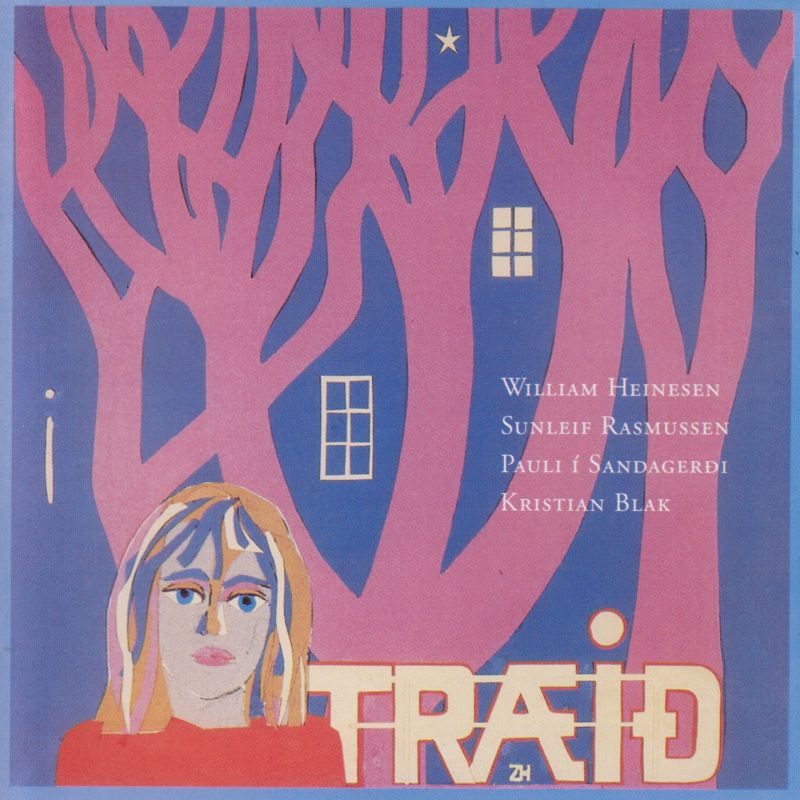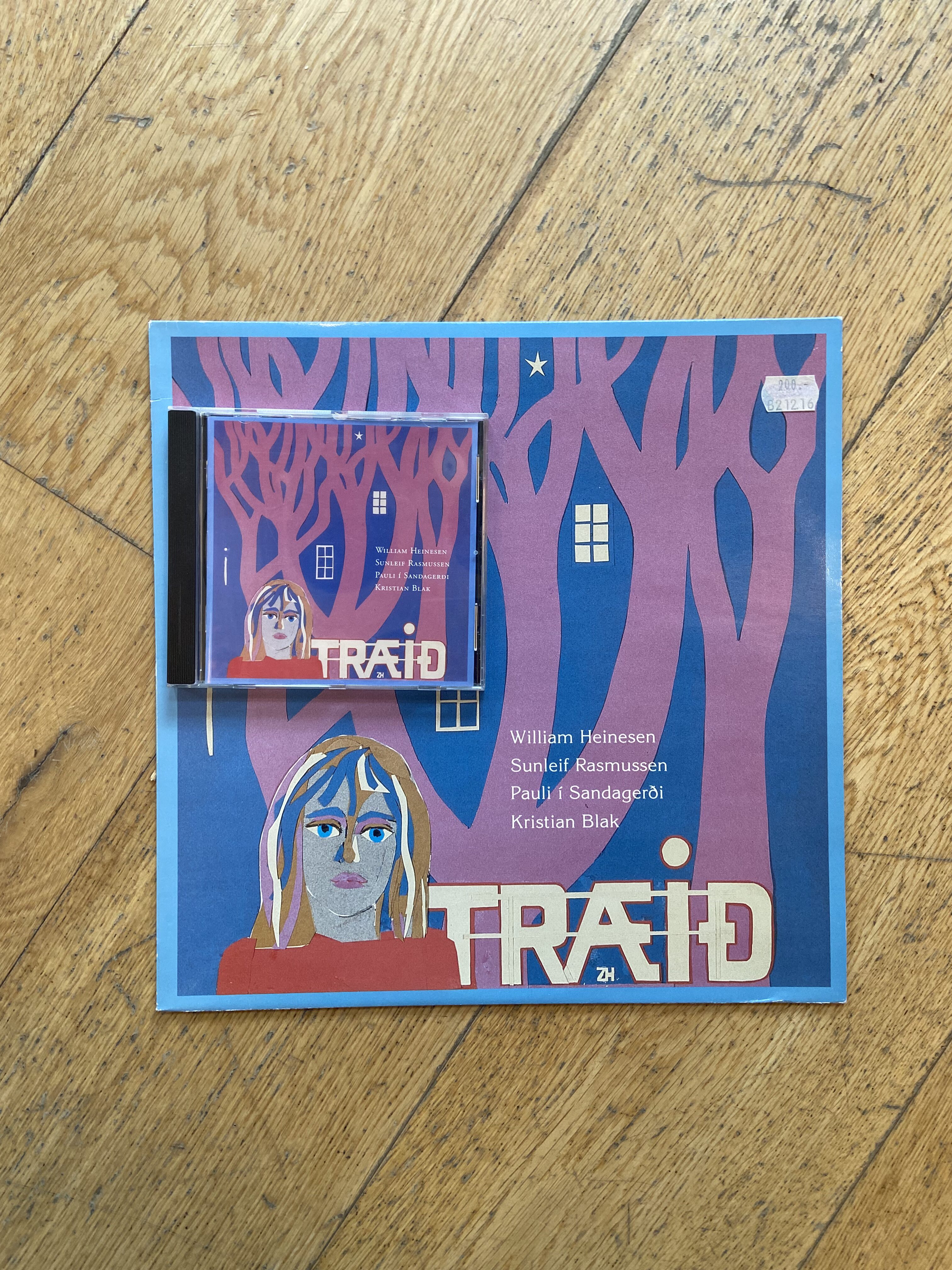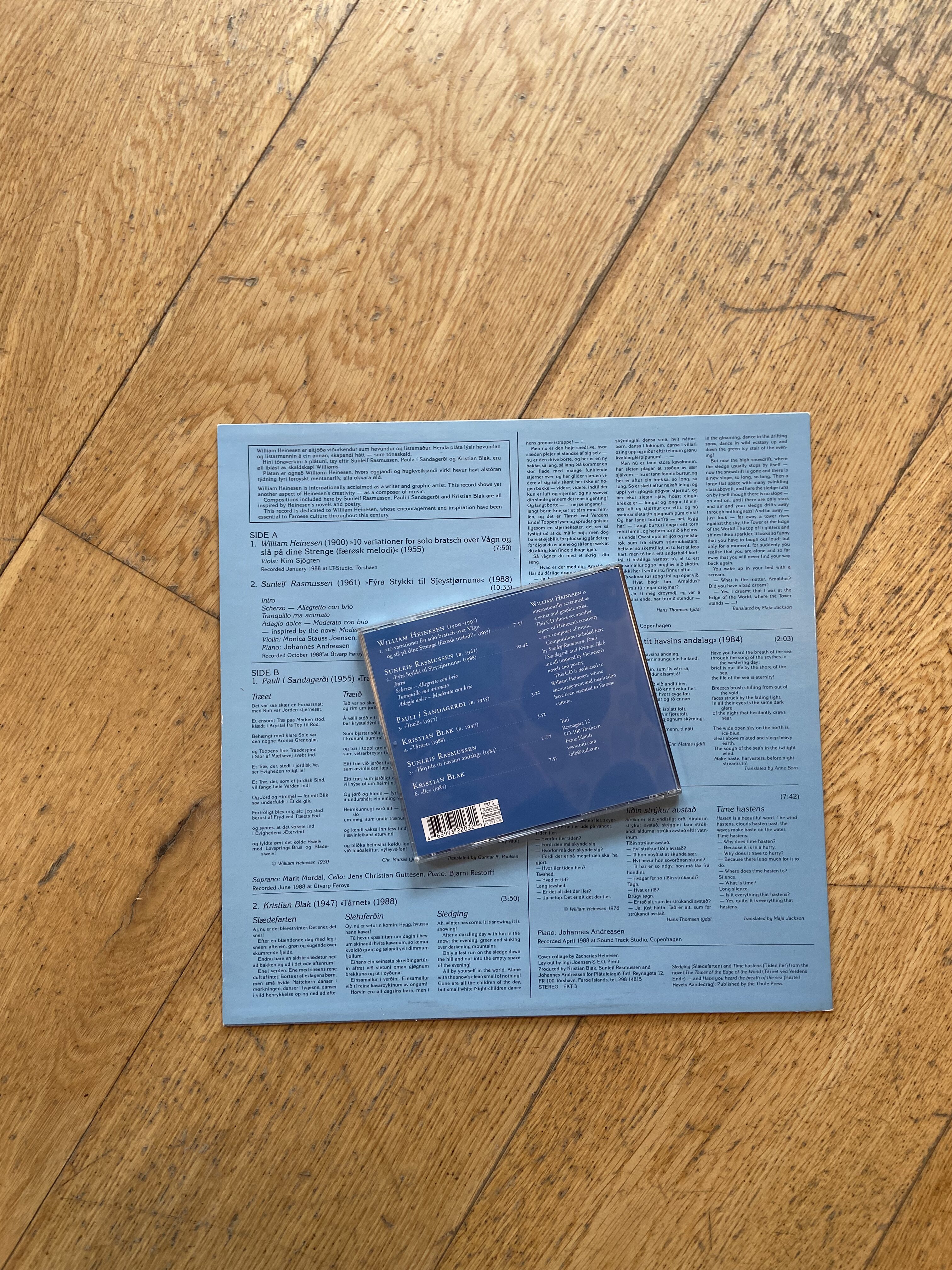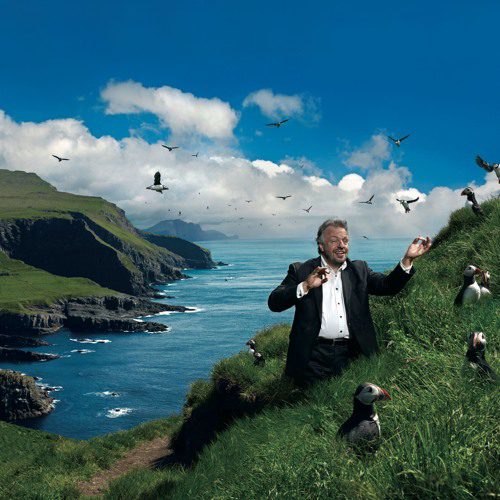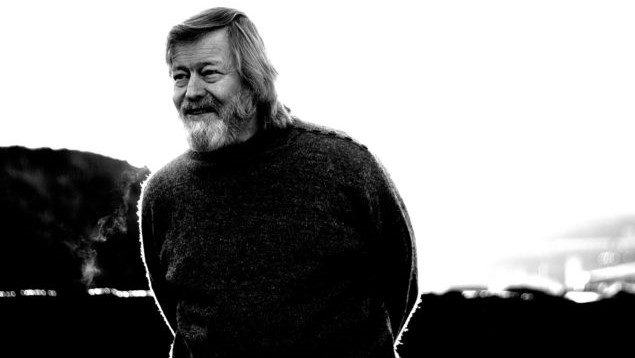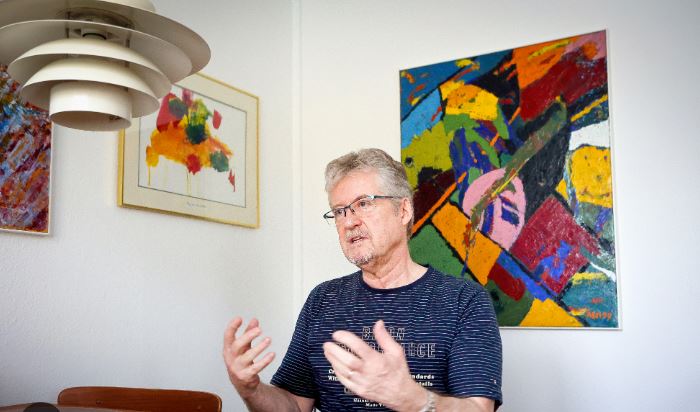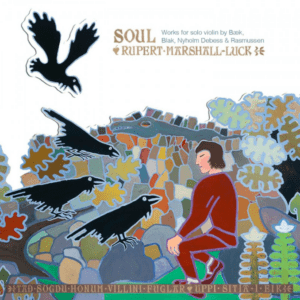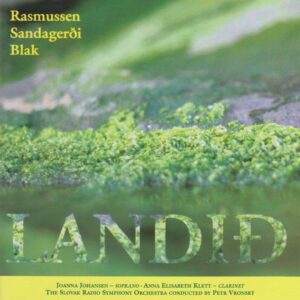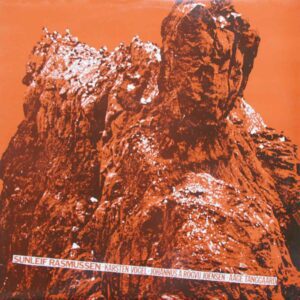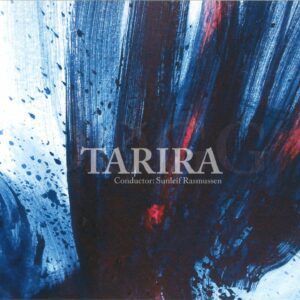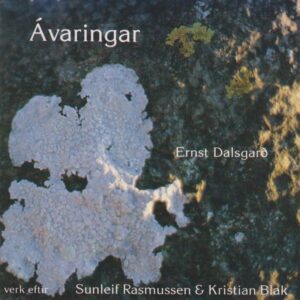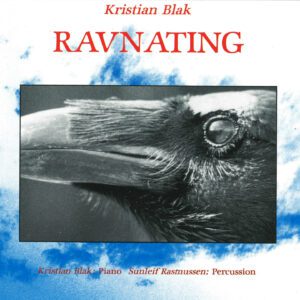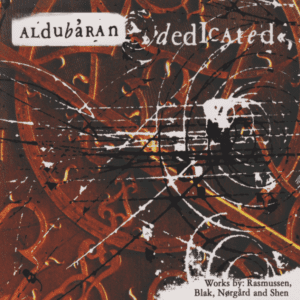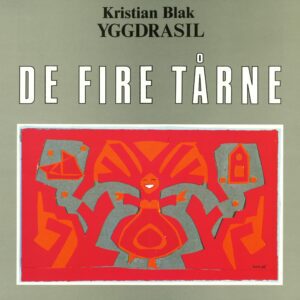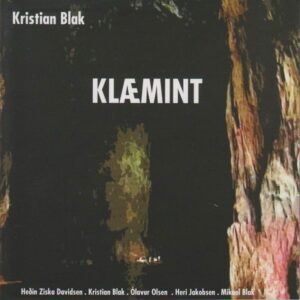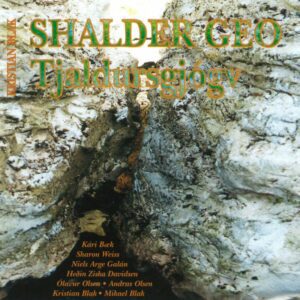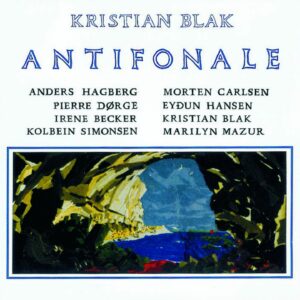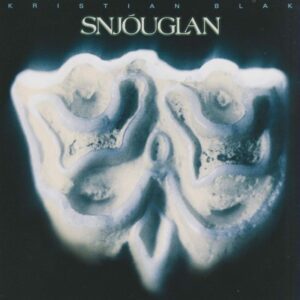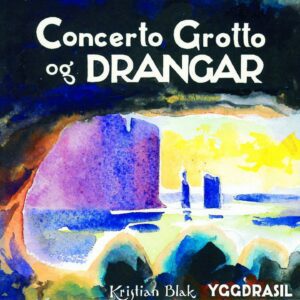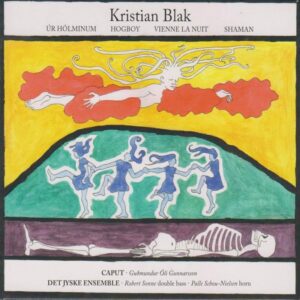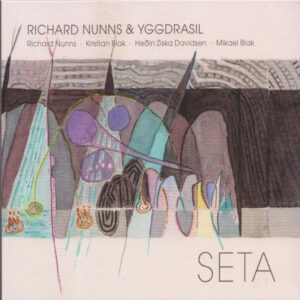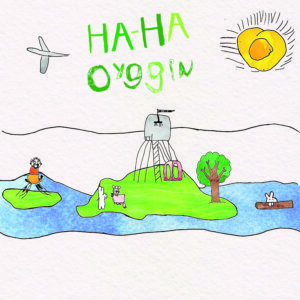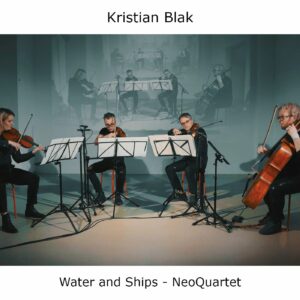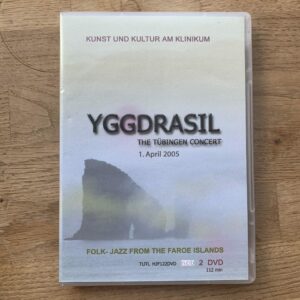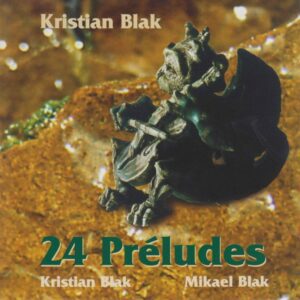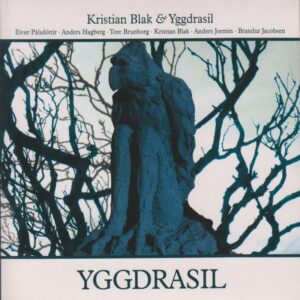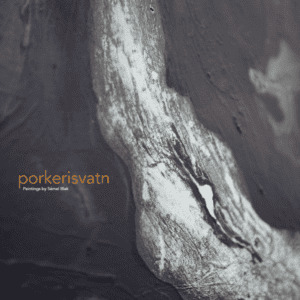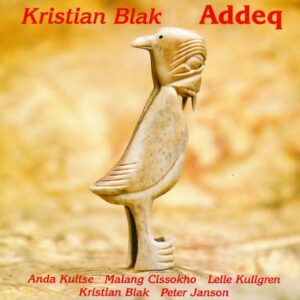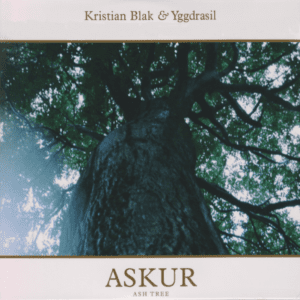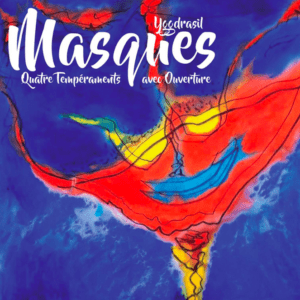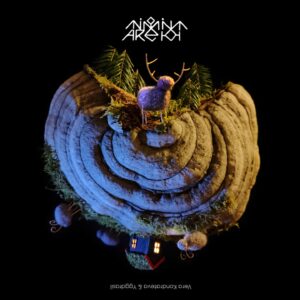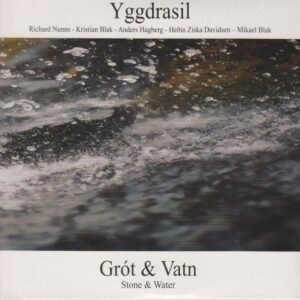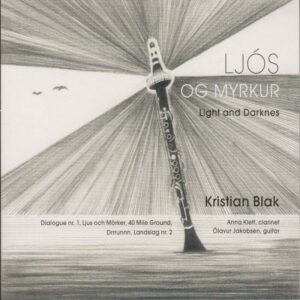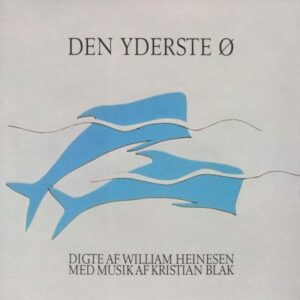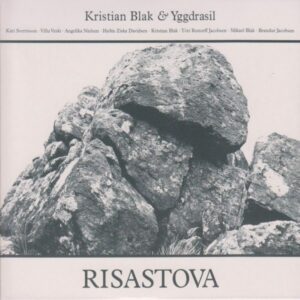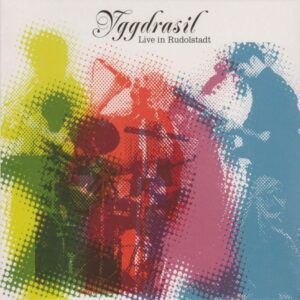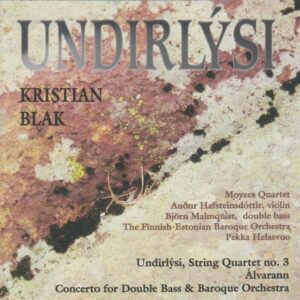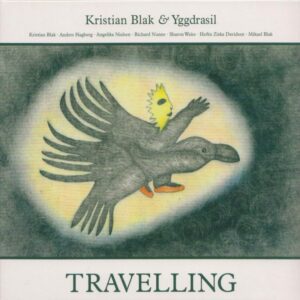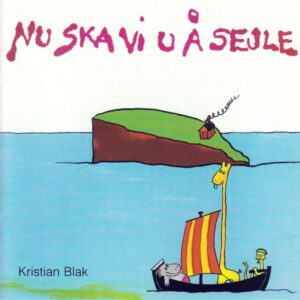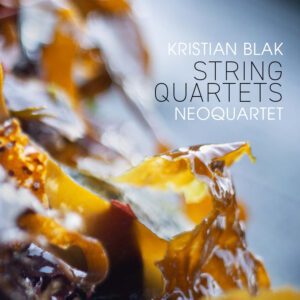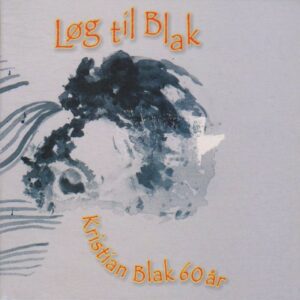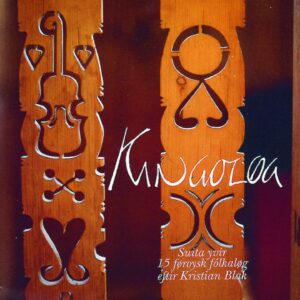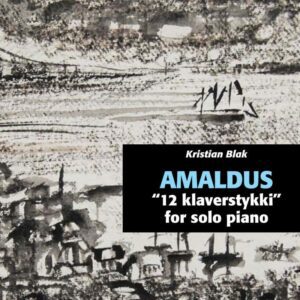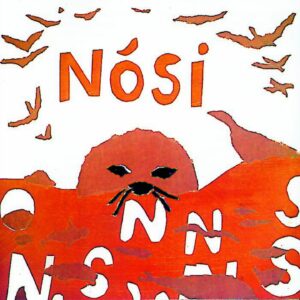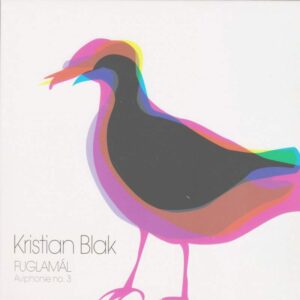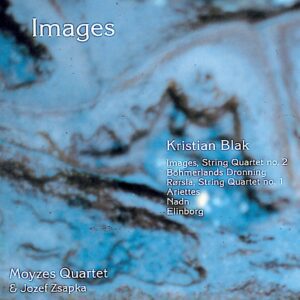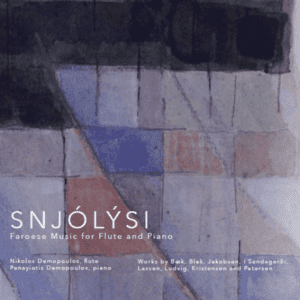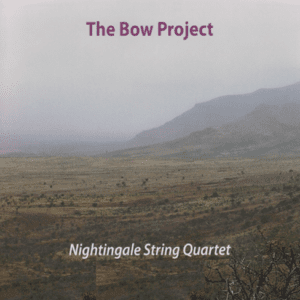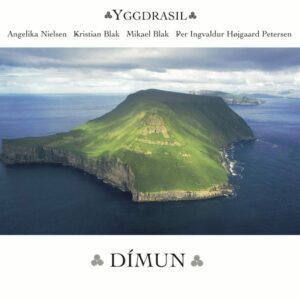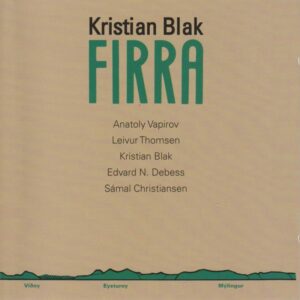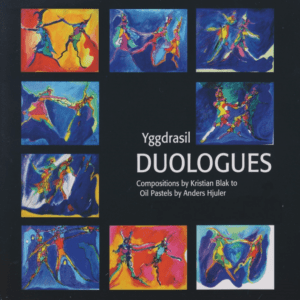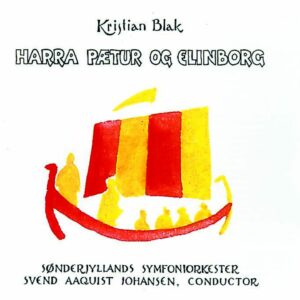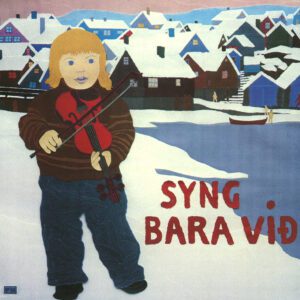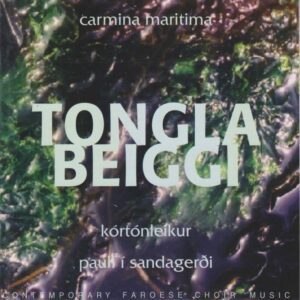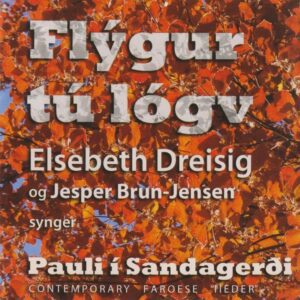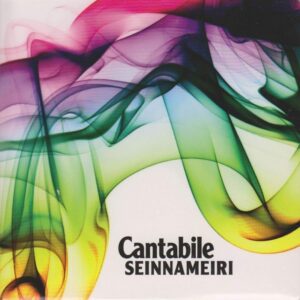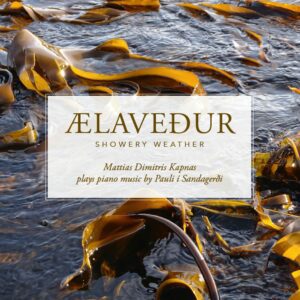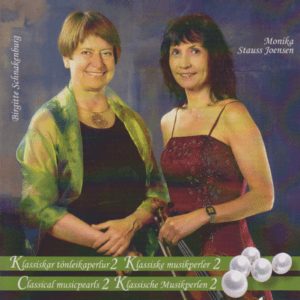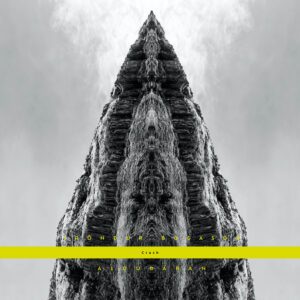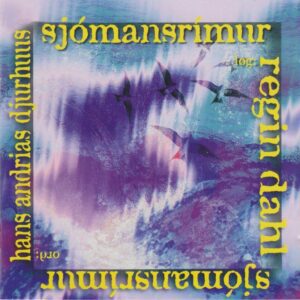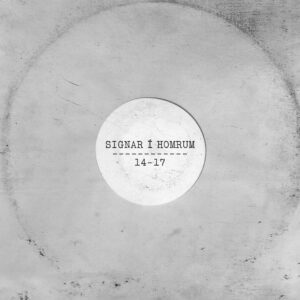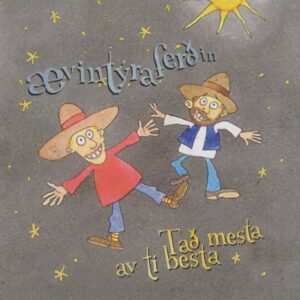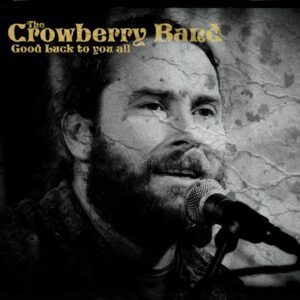Description
Træið
This record is dedicated to William Heinesen, whose encouragement and inspiration have been essential to Faroese culture throughout the 20th century. Heinesen is internationally acclaimed as a writer and graphic artist. This record shows yet another aspect of his creativity – as a composer of music.
The compositions by Sunleif Rasmussen, Pauli í Sandagerði and Kristian Blak are all inspired by Heinesen’s novels and poetry. The album is produced by Kristian Blak, Sunleif Rasmussen and Johannes Andreasen.
Tracklist:
1. 10 variationer for solo bratsch over Vågn og slå på dine Strenge
2. Fýra Stykki til Sjeystjørnuna
3. Træið
4. Tårnet
5. Hoyrdu tit havsins andalag
6. Ile
Released on the following formats:
LP, CD and digitally on all major platforms (Spotify, Apple Music, etc.).
You can check it out by using this link: https://bfan.link/traeid
Træið
3. Træið [The tree]
Words: William Heinesen
Music: Pauli í Sandagerði
Translation: Gunnar K. Poulsen
THE TREE
It was such a bright spring night, with hoar frost on the star spangled earth.
A solitary tree was standing in the field, clad in crystal from top to root.
Draped in bright suns were the naked branches on the ice glazed crown,
and the top’s fine web was draped in a veil of the Milky Way.
A tree, planted in earthly woe, watches eternity laugh quietly!
A tree, which like a mortal soul, wishes to embrace the whole world!
my eyes
And Heaven and Earth before so wonderfully united they appeared.
Intimate it all became to me, as I stood there intoxicated with joy at the foot of the tree,
and it seemed as if it grew into the etherwind of eternity
and tenderly filled the cold heavenly vault with the peal of foliation!
4. Tårnet [The tower]
Words: William Heinesen
Music: Kristian Blak
Translation: Maja Jackson
SLEDGING
Ah, the winter has come. It is snowing, it is snowing!
After a dazzling day with fun in the snow: the evening, green and sinking over darkening mountains.
Only a last run on the sledge down the hill and out into the empty space of the evening!
All by yourself in the world. Alone with the snow’s clean smell of nothing! Gone are all the children of the day, but small white Night-children dance in the gloaming, dance in the drifting snow, dance in wild ecstasy up and down the green icy stair of the evening!
But now the high snowdrift, where the sledge usually stops by itself – now the snowdrift is gone and there is a new slope, so long, so long. Then a large flat space many twinkling stars above it, and here the sledge runs on by itself though there is no slope – drifts away through nothingness! And far away – just look – far away a tower rises on and on, until there are only stars and air and your sledge against the sky, the Tower at the Edge of the World! The top of it glitters and shines like a sparkler, it looks so funny that you have to laugh out loud; but only for a moment, for suddenly you realise that you are alone and so far away that you
will never find your way back again.
You wake up in your bed with a scream.
– What is the matter, Amaldus? Did you have a bad dream?
– Yes I dreamt that I was at the Edge of the World, where the Tower stands ––!
5. Hoyrdu tit havsins andalag [Have you heard the breath of the sea]
Words: William Heinesen
Music: Sunleif Rasmussen
Translation: Anne Born
Have you heard the breath of the sea
through the song of the scythes
in the westering day:
brief is our life by the shore of the sea,
the life of the sea is eternity!
Breezes brush chilling from out of the void
faces struck by the fading light.
In alle their eyes is the same dark glare
of the night that hesitantly draws near.
The wide open sky on the north is ice-blue,
clear above misted and sleep-heavy earth.
The sough of the sea’s in the twilight wind.
Make haste, harvesters, before night streams in!
6. Ile
Words: William Heinesen
Music: Kristian Blak
Translation: Maja Jackson
Hasten is a beautiful word.
The wind hastens, clouds hasten past, the waves make haste on the water.
– Time hastens.
– Why does time hasten?
– Because it is in a hurry.
– Why does it have to hurry?
– Because there is so much for it to do.
– Where does time hasten to?
Silence.
– What is time?
Long silence.
– Is it everything that hastens?
– Yes, quite. It is everything that hastens



